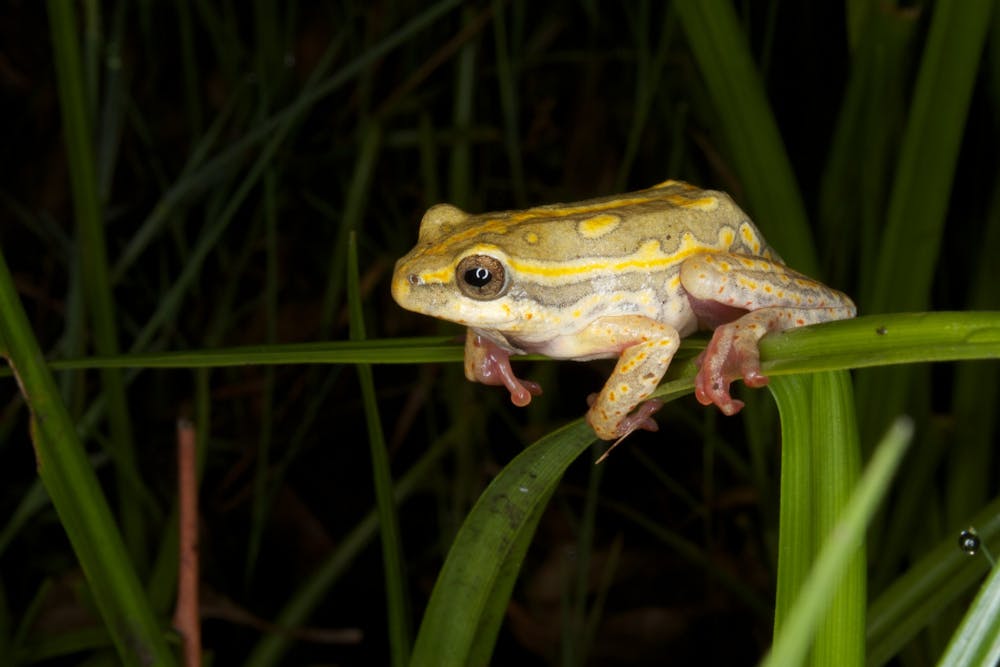While the weather outside is frightful, the warmth of scientific discovery is delightful. This past week has seen various new developments, from novel vaccine technologies to the effect of language learning in polyglots. Take a look at these fascinating discoveries as you read our first print issue of the semester.
Using nanotechnology to increase vaccine efficacy
Recently, we have seen the advent of mRNA vaccines to elicit an immune response against a programmable target. A team at Northwestern University has added to the growing toolkit for vaccine development by modulating vaccine structure.
Traditional vaccines present antigens and possibly adjuvants — additives that increase vaccine effectiveness — to immune cells. Vaccines are generally administered in a blended saline solution, which does not guarantees that immune cells recognize the proper amount of antigen and adjuvant at the proper rate.
The current study uses spherical nucleic acids as a delivery platform to better control the rate and amount of antigen and adjuvant uptake. Just this structural change increased T-cell activation by 30%. According to the authors, their discovery brings the world of science one step closer to engineering effective cancer vaccines.
Uncovering the process of mummification
How exactly did the ancient Egyptians create mummies? A study published in Nature gives key insights into the chemicals used in the embalming process. Previously, archeologists and scientists used ancient Egyptian embalming recipes and organic residue analysis separately to identify embalming ingredients. However, the researchers’ discovery of an ancient “embalming workshop” containing labeled pots that housed these embalming ingredients enabled a first-of-its-kind text-to-chemical analysis.
Beeswax, tar, oil and fat, among other substances, were identified. Intriguingly, their sourcing reveals a potentially elaborate trade network for these ingredients ranging from modern-day India all the way to the bottom of Spain — all around 1000 BC.
In the mind of polyglots
Recent work by Harvard graduate student and polyglot Saima Malik-Moraleda investigates the language network of a group of polyglots. The language network is the part of the brain responsible for understanding and processing language.
25 polyglots knowing five to 54 languages were selected for the study. The participants listened to snippet audio recordings in various languages while functional MRI analysis was used to measure the blood flow in the brain. The investigators found that there were increased blood flow levels in the language network when the participants heard audio snippets in languages that were familiar to them. However, lower blood flow levels were observed when the participants heard audio snippets in their native tongue. The researchers hypothesized that one’s primary language may hold a more privileged status in the language network and require less brain power to process.
Discovery of a silent frog
A group of researchers unexpectedly came across a new species of frog — one that is completely silent! Called Hyperolius ukaguruensis, this distinct type of reed frog was found in the Ukaguru Mountains of Tanzania. The researchers postulate that without speech, they may use a Braille-like language system encoded on the spines of their throats to communicate with one another.
The discovery of this new species exemplifies the biodiversity present in these mountainous regions. However, this amphibian creature — and many others — may be under threat due to the increase in population growth and the potential for water contamination in Tanzania.





